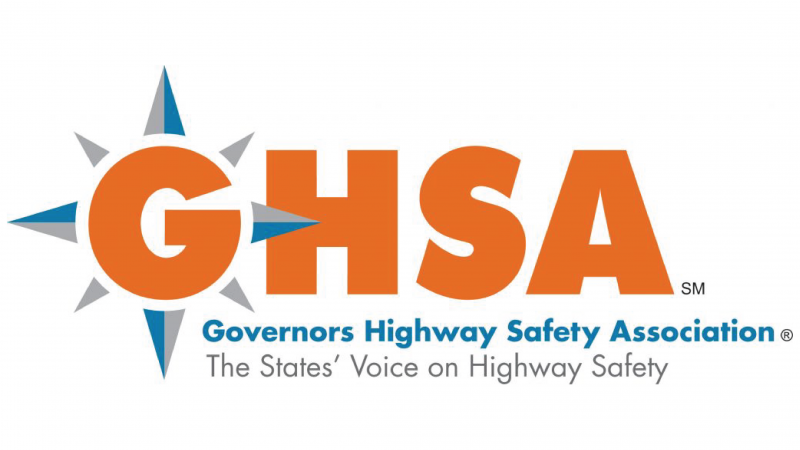Effects of Automatic Emergency Braking Systems on Pedestrian Crash Risk
Objective: Automatic emergency braking (AEB) that detects pedestrians has great potential to reduce pedestrian crashes. The objective of this study was to examine its effects on real-world police-reported crashes. Methods: Two methods were used to assess the effects of pedestrian-detecting AEB on pedestrian crash risk. Vehicles with and without the system were examined on models […]

